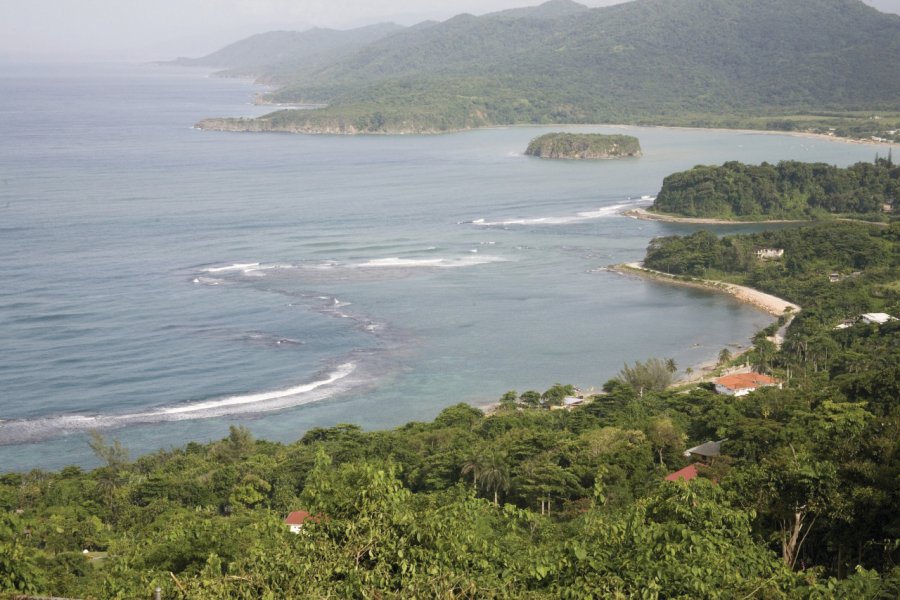Travel Guide Port Maria
Find an accommodation
Advertising
After the capture of the island by the English, the old Hispanic names were exchanged for English names. Thus Puerto Santa Maria became Port Maria. An 1897 guidebook of the parish of Saint Mary describes it as " possessing prosperous agricultural resources, and geological and physical assets, a healthy climate, crossed by large rivers, possessing fertile soil which could produce almost any Jamaican product ...". These arguments found an attentive ear with the colonial investors who established important fruit plantations there. At the end of the 19th century, the main products of the region were sugar, rum, oranges and bananas, pimento, coffee, coconuts, cattle and horses. The port, once active, is now quite quiet. The mainstay of the local economy is still agriculture. The town has little to offer the visitor, but the area is beautiful. The approach to Port Maria from the east and west is spectacular, the hills plunge into the sea and draw a jagged coastline with a succession of coves and deep inlets in a striking color contrast. Offshore, the islet Cabaritta is a green spot on the turquoise sea. It is thanks to its strategic position and its panoramic view of the Caribbean Sea that the pirate Henry Morgan made his retreat, as well as famous artists and lesser known aesthetes.
Suggested addresses Port Maria
Weather at the moment
Advertising
Organize your trip with our partners Port Maria
Transportation
Book your plane tickets
Car Rental
Boat rental
Accommodation & stays
Find a hotel
Holiday rental
Find your campsite
Tailor-made trip
Immersion travel
Services / On site
Activities & visits
Find a doctor




